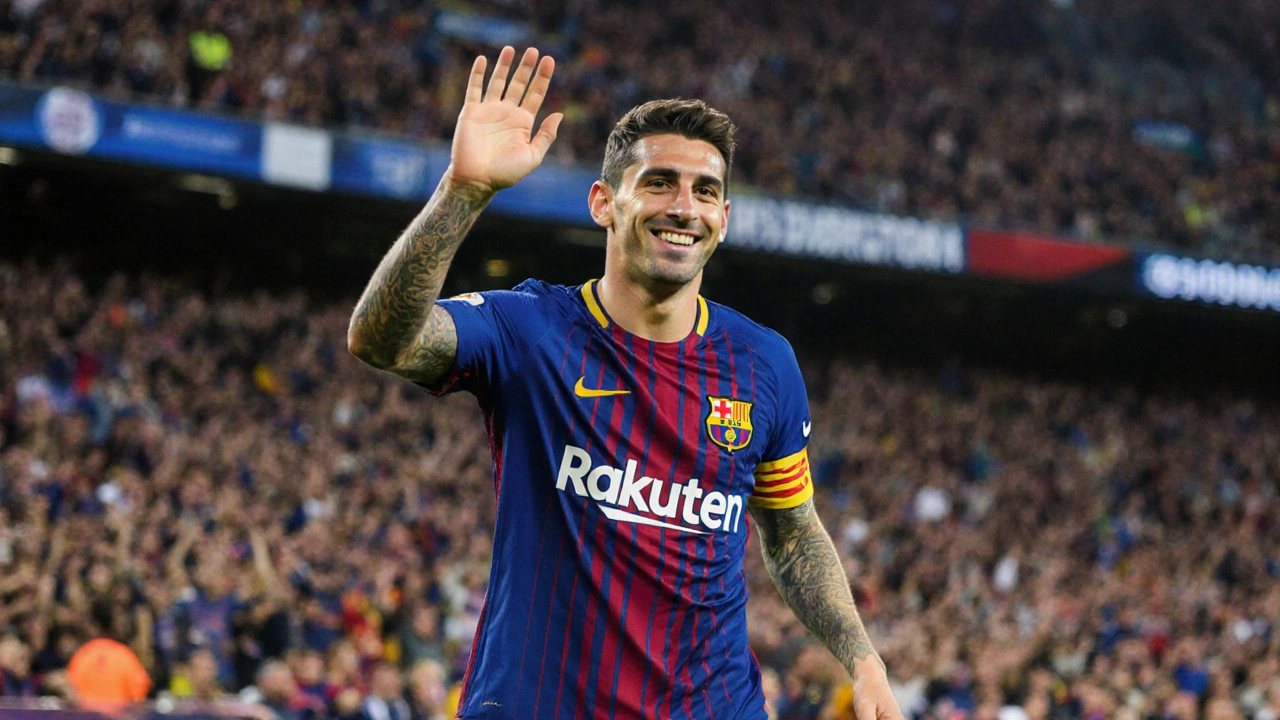Defensive Midfielder: What They Do and Why They Matter
If you watch any decent football match, you’ll notice a player hanging back, breaking up attacks and starting the next move. That’s the defensive midfielder. They sit in front of the defence, win the ball, and hand it to the attackers. It sounds simple, but the job demands stamina, vision and a good sense of timing.
Most coaches say a strong defensive midfielder can be the difference between a chaotic defence and a solid, organized unit. They act like a shield, protecting the back line from fast breaks, and at the same time they become the first line of attack when they win the ball.
Key responsibilities on the pitch
First, they win tackles and interceptions. When the opponent tries to thread a pass through the middle, the defensive midfielder must read the play and step in. Second, they keep the team’s shape. If a winger dashes forward, the midfielder slides back to fill the gap, ensuring there’s always a player between the ball and the goal.
Third, they start attacks. A clean pass from deep can split the opposition defence and create a scoring chance. Think of a quick one‑two with a striker or a lofted ball to a winger making a run. Finally, they often act as the vocal leader, shouting instructions and reminding teammates of their positions.
Skills you need to succeed
Physical stamina is a must – you’ll be running up and down the middle for 90 minutes. Good tackling technique and the ability to time interceptions keep the ball in your team’s possession. Passing accuracy, especially on the short and long range, lets you switch play or launch a counter‑attack.
Beyond the physical, a defensive midfielder needs a high football IQ. They must anticipate where the ball will go and make split‑second decisions. Many top players also have the composure to stay calm under pressure, which helps the whole team stay steady.
Real‑world examples help illustrate the role. In the recent Copa Sul‑Americana quarter‑final, Fluminense had to reshuffle their defensive midfield after an injury to Paulo Henrique Ganso. Coach emphasized the need for balance between attack and solidity – exactly what a defensive midfielder provides.
Another case is the Champions League match where Liverpool were favored over Galatasaray. Analysts highlighted Liverpool’s midfield balance, noting that a strong defensive midfielder helped them control possession and limit the opponent’s chances.
Even in domestic leagues, you’ll see the impact. Tottenham’s recent clash with Wolves featured a midfield that kept three clean sheets in five games, thanks largely to disciplined defensive midfield work.
So, if you’re a fan trying to understand why a team is winning or losing, look at the defensive midfielder’s performance. Did they win enough duels? Did they keep the shape? Did they feed the attackers with clean passes? Those answers often explain the result.
For young players dreaming of that role, practice both defending and passing. Work on your stamina, learn to read the game, and try to communicate constantly on the pitch. The more you can combine those skills, the more valuable you become to any coach.
In short, the defensive midfielder might not always grab the headlines, but they are the glue that holds a team together. Whether you’re watching a local match or a World Cup game, pay attention to the player in the middle of the park – they are the ones shaping the flow of the entire match.

Sergio Busquets Announces Retirement, Ends Two-Decade Legacy
Spanish midfield maestro Sergio Busquets, 37, has confirmed he will hang up his boots after the 2025-26 season with Inter Miami. The announcement caps a 20‑year career that saw him win every major European trophy and rewrite the defensive midfielder role. While fans await reactions, rumors swirl about teammate Sergio Ramos being the first to congratulate him. Busquets leaves a legacy that reshaped modern football.